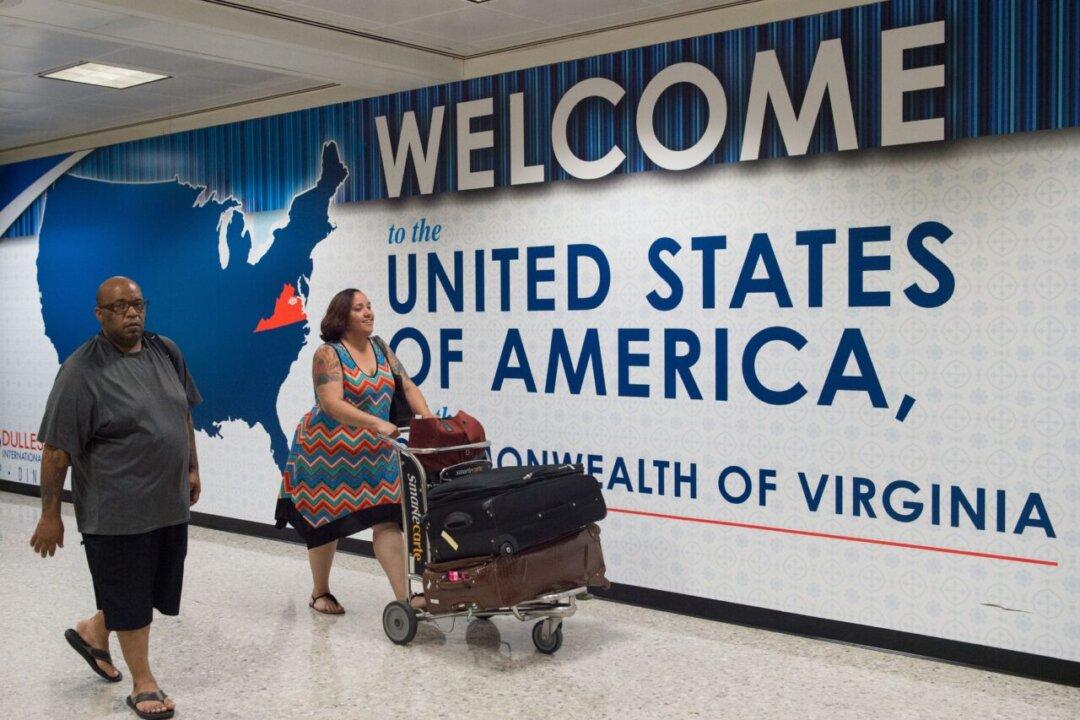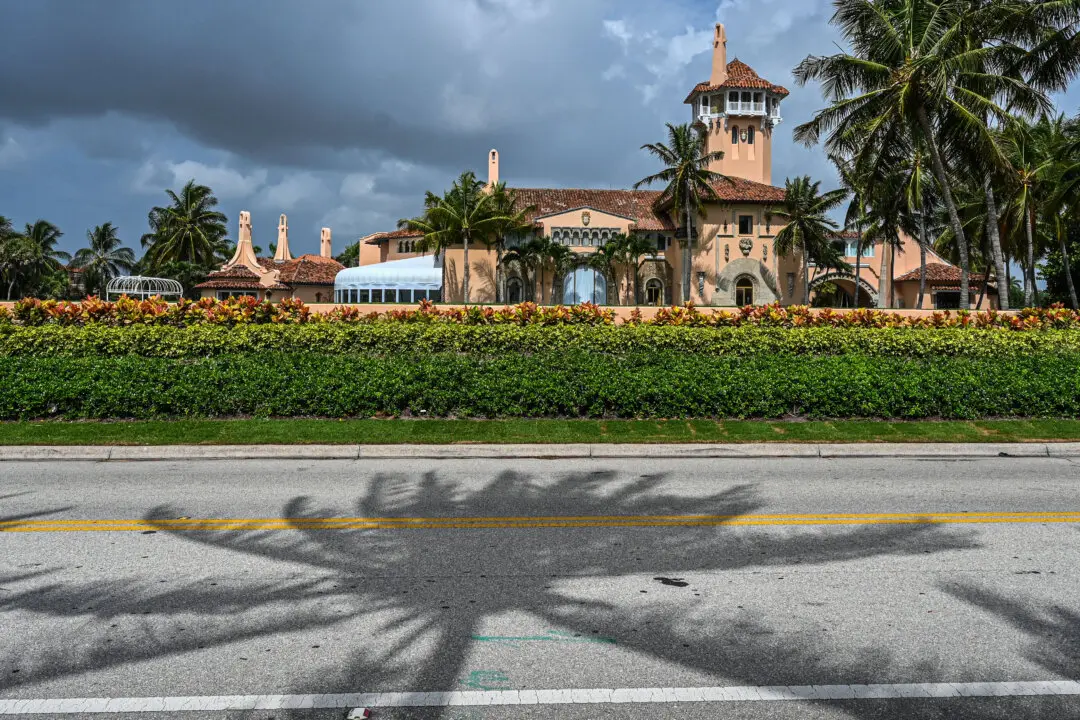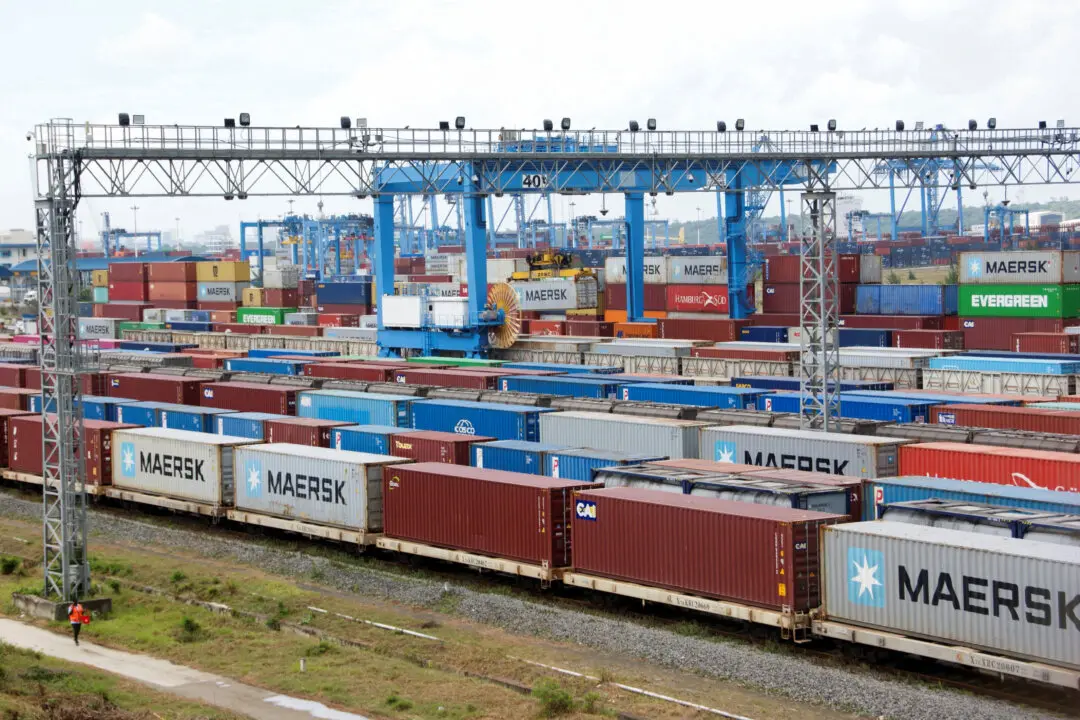Scientists have discovered that a tectonic plate off Portugal’s coast might be shearing into two layers.
In 1969, an earthquake in the location spawned a tsunami, and 200 years before that, an 8.7 magnitude quake struck the area, destroying the capital city of Lisbon and killing 100,000 people, according to Joao Duarte, a marine geologist from the Instituto Dom Luiz at the University of Lisbon.





